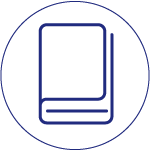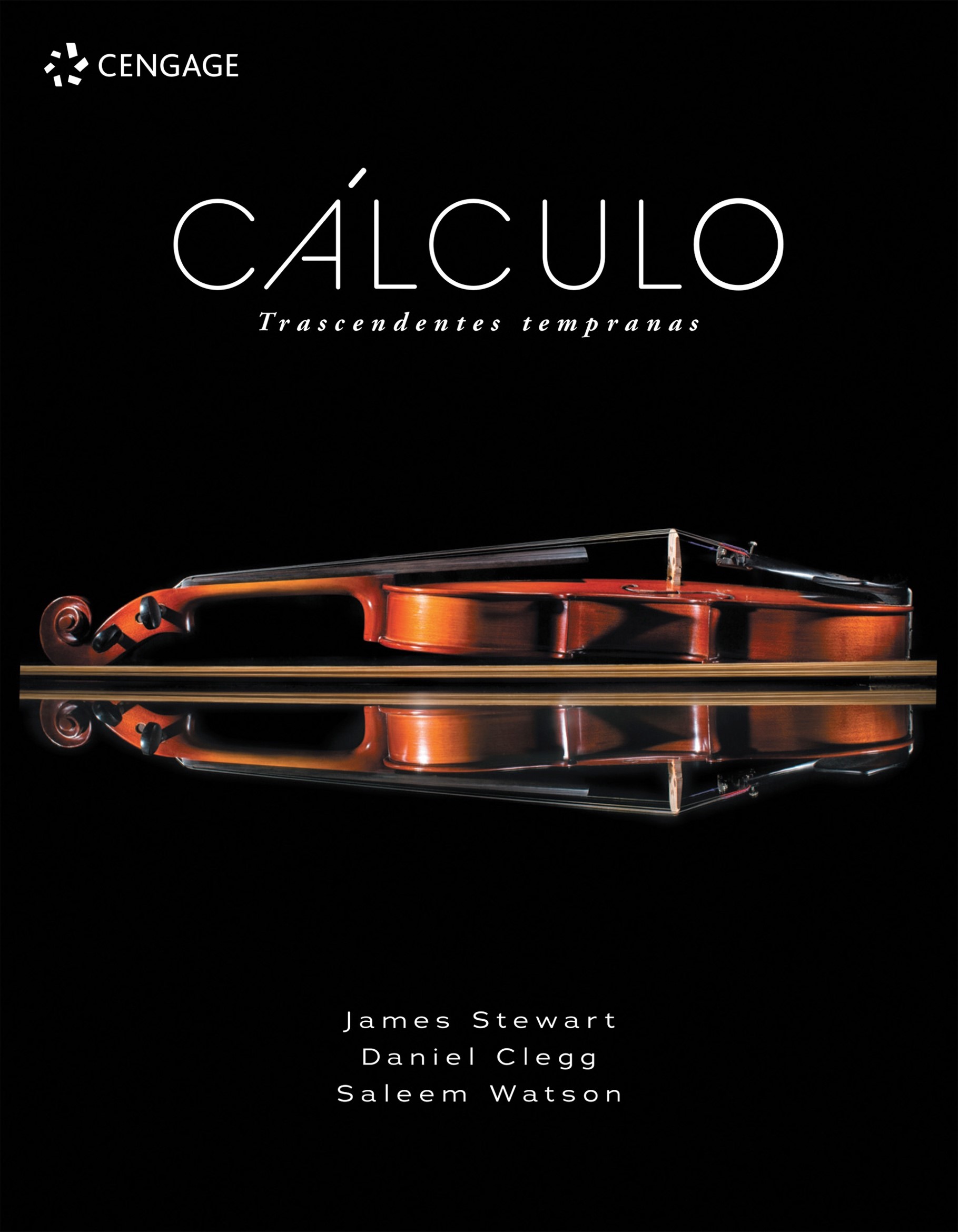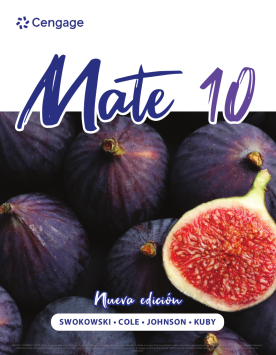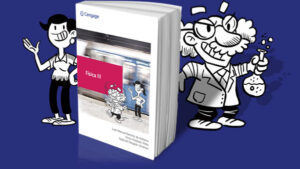Explora los principios fundamentales de la
física. Con explicaciones claras y ejemplos
prácticos, este libro te guiará a través de los
conceptos clave de la física moderna.

Fortalece tus habilidades matemáticas y prepárate para el cálculo con este libro de James Stewart. Con explicaciones claras y ejercicios desafiantes.

¡Más que libros, son rutas de aprendizaje que desarrollan el pensamiento a través de la exploración y las experiencias significativas!
CENGAGE de la mano contigo en la Nueva Escuela Mexicana

Cálculo Diferencial
Ron Larson y Bruce Edwards
Parte de nuestra colección de ciencias para ingeniería


Catálogo de libros
Un extenso catálogo de libros de autores reconocidos, con contenido actualizado enfocado en latinoamérica.

Plataformas
Herramientas digitales especializadas en diferentes áreas de conocimiento para profesores y alumnos.

Bibliotecas
Incorpora nuestros libros en la biblioteca de tu institución y actualiza tu oferta con nuestra biblioteca digital.

PROFESOR
¿Buscas una solución especial?
En Cengage, contamos con una amplia experiencia enfocada en entregar soluciones educativas que faciliten la enseñanza del maestro y el aprendizaje del alumno, en temas siempre actualizados y adaptados a la realidad latinoamericana.
BLOG
Artículos de interés
Descubriendo Física III
Descubriendo la Física con Física III En el mundo de la educación, encontrar un libro de texto que
LEER ARTÍCULOWebAssign: La perspectiva de un estudiante.
Chaitali Botcha es una Embajadora Estudiantil de Cengage y reciente graduada de la Universidad de Texas A&M. Actualmente,
LEER ARTÍCULOWebAssign: Beneficios de las plataformas digitales en el aula
Puede que te hayas cuestionado si el empleo de plataformas digitales en el aula, en un contexto de
LEER ARTÍCULO








